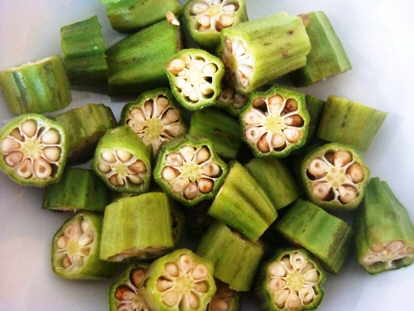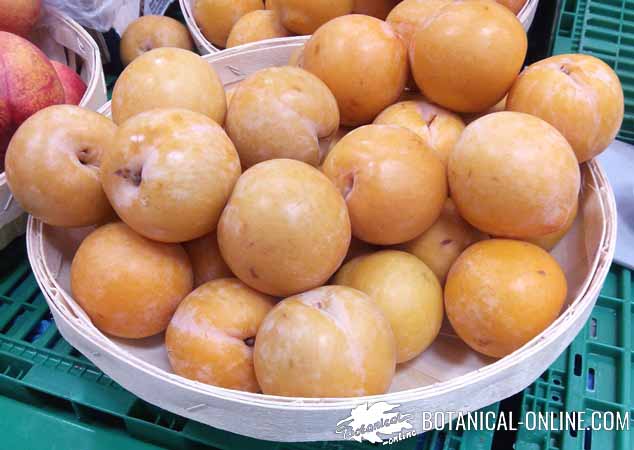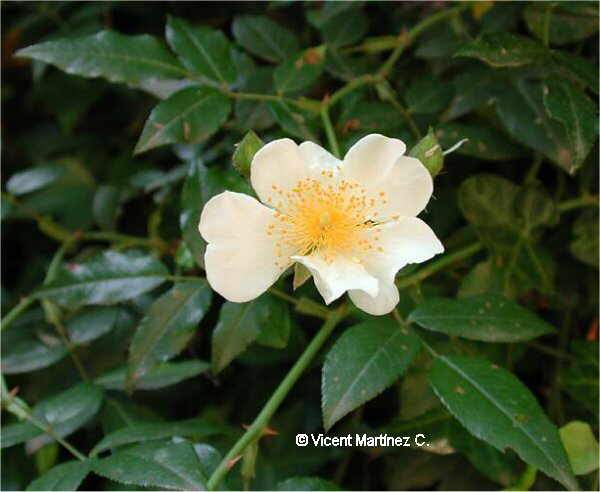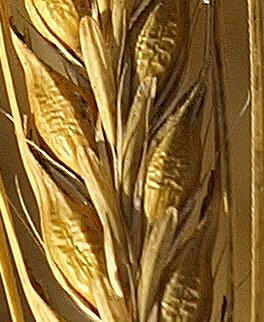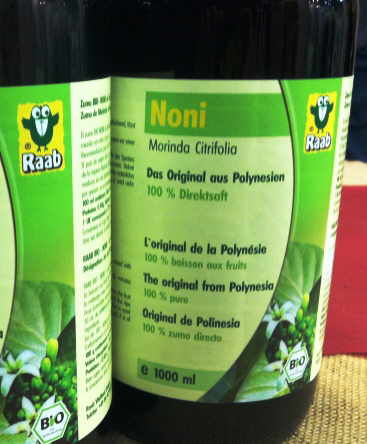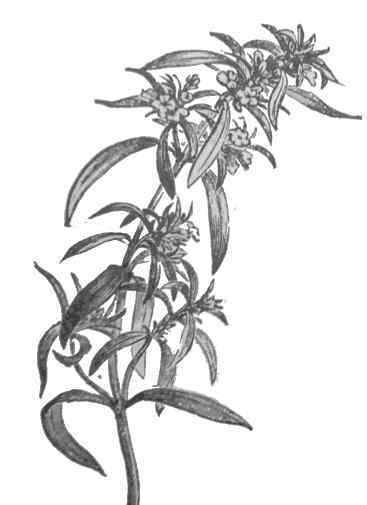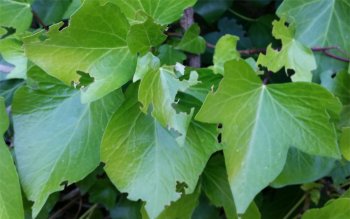Contents
Kinds of soluble fiber
Examples of soluble fiber
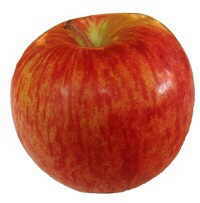
Soluble fiber is made up of a very broad group of substances, with similar chemical characteristics, found in different foods:
Pectin
It is part of the cell wall of plants. It is present especially in the skin of fruits. Pectin has the ability to form a gel when combined with sugar or acids. This property is used in the jam-making industry.
Pectin fiber is abundant in fruits and vegetables, foods that have great properties to prevent constipation.
Apples, quince and citrus fruits are very rich in pectin. Other foods also rich in pectin are: carrots, sweet potatoes, eggplants, pumpkins, figs, bananas, pears or plums.
Mucilages
Mucilage is a type of soluble fiber of a viscous nature. It is produced by the seeds of certain plants, such as carob, plantain, flax or mustard. Mucilages fulfill different functions, from the protection of wounds, the germination of the seed (when they are in contact with water, they increase in volume and maintain a layer of moisture around the seed that facilitates germination), to the dispersion of the seeds (The seed sticks to the dispersion element).
It appears in fruits such as figs and is very abundant in plants such as borage, purslane, mallow, marshmallow, calendula, violet, pansy, hibiscus or nopal, in legumes like green beans, fenugreek or fenugreek, and in lichens, like for example Icelandic lichen or for example Irish moss or carrageen. One of the seaweeds that also contains mucilage is agar-agar.
Flaxseeds, chia seeds, plantain seeds and psyllium seeds are very rich in mucilage.
Some roots use mucilages to favor their introduction into the soil. Comfrey is a clear example of how a root can produce this component. Other times these secretions are a weapon to trap prey, as occurs with mucilages excreted by carnivorous plants.
Glucomannan soluble fiber
Glucomannan is a soluble fiber obtained from konjac, a plant of Asian origin. It has great properties to hydrate itself and multiply its volume. It provides a lot of satiety and it has a great capacity to retain bile salts and cholesterol.
It is used as a supplement to satisfy hunger, regulate intestinal transit, stop diarrhea in case of intestinal diseases, and reduce cholesterol.
Soluble fiber from oats
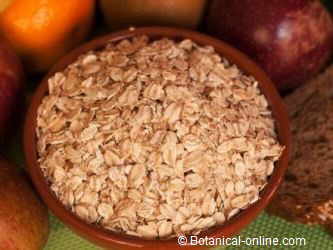
Soluble fiber found in foods such as oat bran is called beta-glucans.
The properties of this fiber are highly studied for its high viscosity. It has great properties for reducing cholesterol, preventing constipation and digestive diseases.
Consuming oat flakes has been shown to increase intestinal flora by encouraging healthy bacteria to colonize the intestine.
Inulin
Inulin is a prebiotic fiber, since it is polysaccharides, that is, a long-chain carbohydrate, while most of them are short-chain (disaccharides).
FOS or frutcooligosaccharides
They are disaccharides, fibers that resist the hydrolysis of digestive enzymes, and can be detected in the feces. The best known FOS are those derived from inulin. Like inulin, they have a proven prebiotic effect. They can be found as an additive in yogurts and fiber products to enhance the effect of probiotics, by promoting the increase of healthy bacteria in the intestine.
Gums
Gum is a type of soluble fiber. Inside the plant it fulfills a protective function. They can be found mainly in wood or in seeds.
The best known gum is gum arabic, which is extracted from a type of acacia (Acacia senegal) and is used in the chemical industry, for the manufacture of inks or soaps, even in the food industry in the making sweets.
Guar gum, from a legume (Cyamopsis tetragonoloba), is also known. An example of gum from seeds we can mention carob seeds, which, in addition to being used in the manufacture of feed, they are used in the food industry as thickener, given their ability to absorb water.
![]() More information on the properties of fiber, benefits and a diet rich in fiber.
More information on the properties of fiber, benefits and a diet rich in fiber.

